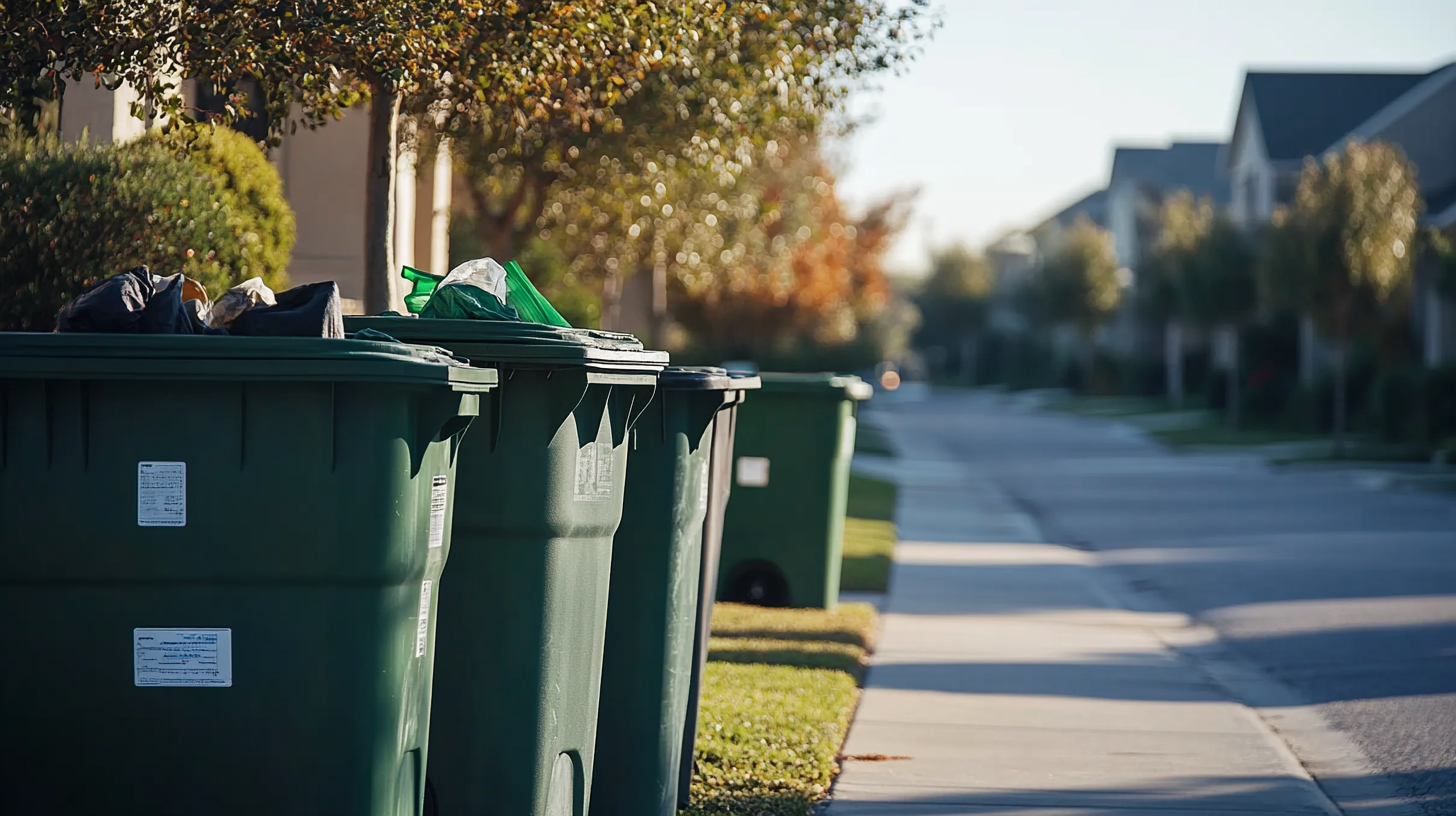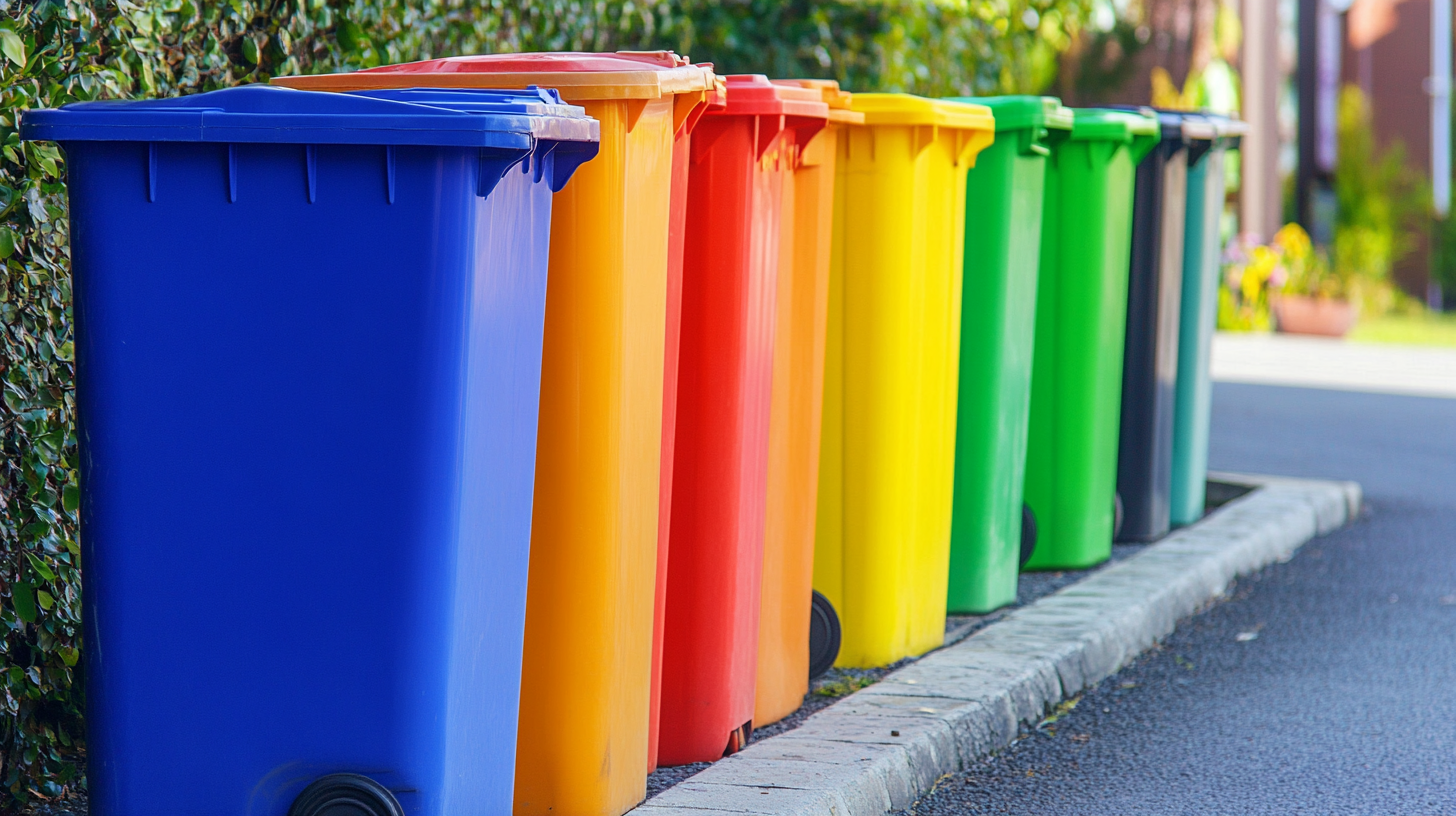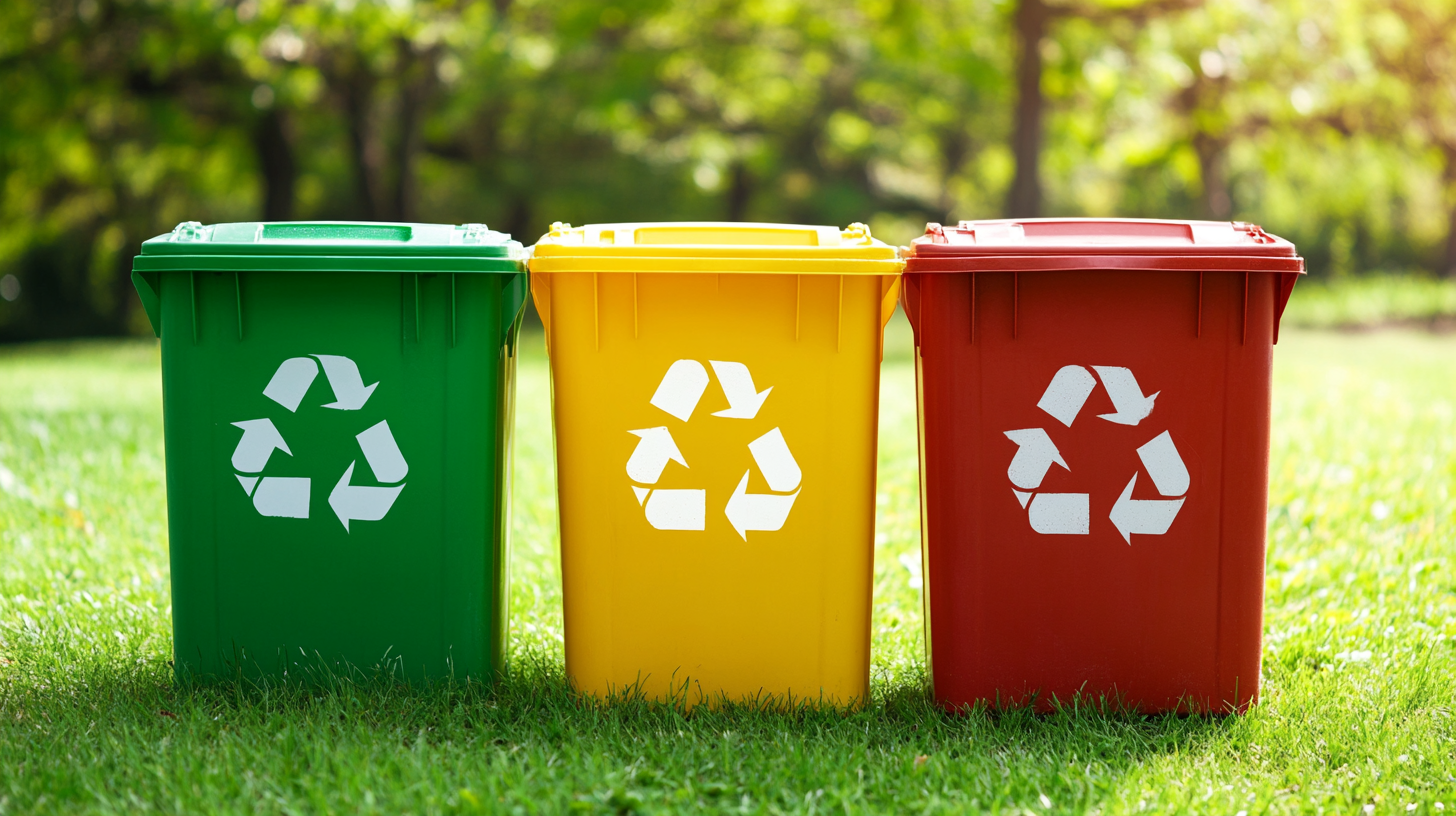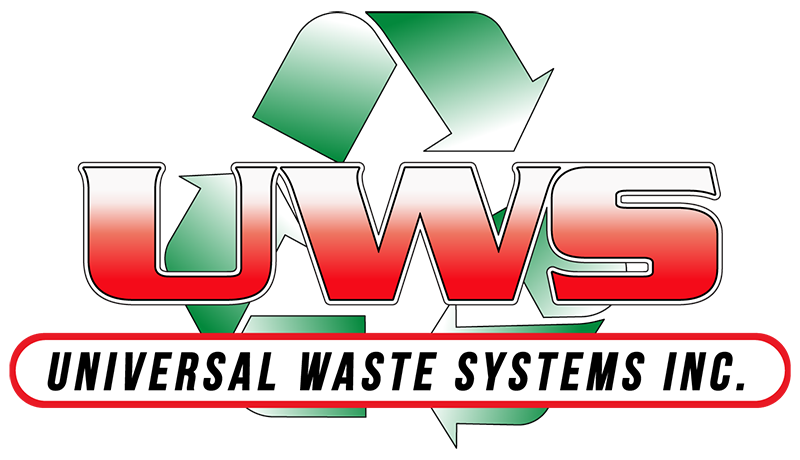Blog
2025 Waste Management Trends and Insights on Optimizing Trash Pickup Solutions
As we move towards 2025, the landscape of waste management continues to evolve, driven by technological advancements, sustainability initiatives, and changing consumer behaviors. One area that has gained significant attention is Waste Management Trash Pickup, where traditional methods are being reassessed to enhance efficiency and reduce environmental impact. With urbanization on the rise and populations swelling, the urgency to optimize trash collection processes has never been more critical. This blog will delve into the emerging trends shaping waste management strategies, providing insights on how municipalities and waste management companies can innovate their trash pickup solutions. By embracing smart technologies, data analytics, and community engagement, we will explore how to create a more efficient, environmentally-friendly approach to managing our waste, ultimately leading to cleaner cities and a healthier planet.

Emerging Technologies Revolutionizing Waste Management in 2025
In 2025, the landscape of waste management is set to undergo a significant transformation driven by emerging technologies. One of the most promising advancements is the integration of smart sensors on garbage trucks and bins. These sensors can monitor waste levels in real-time, enabling municipalities to optimize pickup routes and schedules. As a result, the efficiency of waste collection is greatly enhanced, reducing fuel consumption and operational costs while improving service frequency for residents.
Moreover, artificial intelligence (AI) is playing a pivotal role in revolutionizing recycling processes. With AI-driven sorting systems, recycling facilities can enhance their ability to separate materials more accurately. This not only increases the volume of recyclables being processed but also decreases contamination rates, which is crucial for effective recycling. Additionally, the implementation of robotics in waste management facilities is minimizing labor costs and enhancing safety, allowing human workers to focus on more complex tasks. As these technologies continue to evolve, they are set to redefine waste management practices, paving the way for a more sustainable future.

The Role of AI and IoT in Streamlining Trash Pickup Operations
As waste management evolves, the integration of AI and IoT technologies is revolutionizing trash pickup operations. These innovations enable municipalities to collect and analyze data in real-time, leading to more efficient routes and schedules. With IoT-enabled sensors placed in trash bins, municipalities can monitor fill levels and optimize collection frequencies, reducing both costs and carbon footprints. This proactive approach not only enhances service delivery but also ensures that resources are allocated effectively.
AI plays a pivotal role in analyzing the data collected from IoT devices. By employing machine learning algorithms, cities can predict waste generation patterns, allowing them to adjust pickup times and locations dynamically. This level of optimization minimizes the chances of overflows and reduces unnecessary trips, benefiting both the environment and public satisfaction. Furthermore, predictive maintenance of garbage trucks can be implemented, ensuring that vehicles are serviced before they break down, thus improving reliability in waste collection operations.
2025 Waste Management Trends: Distribution of Technologies in Trash Pickup Solutions
This pie chart illustrates the distribution of various technologies contributing to optimizing trash pickup solutions in waste management for the year 2025. The integration of AI and IoT is expected to enhance operational efficiency significantly, as shown in the data below.
Analyzing the Impact of Circular Economy Practices on Waste Reduction
The circular economy is revolutionizing waste management by promoting practices that emphasize waste reduction, reuse, and recycling. According to a study by the Ellen MacArthur Foundation, transitioning to a circular economy could save businesses up to $630 billion annually in material costs within the consumer goods sector alone. This approach not only conserves resources but also significantly reduces the amount of waste sent to landfills, helping municipalities optimize their trash pickup solutions.
For instance, companies adopting circular practices, such as product life extension and material recovery, have reported a reduction of up to 30% in waste generation. The Global Circular Economy Report reveals that implementing efficient recycling systems and encouraging consumer participation can lead to an increase in recycling rates from the current global average of 13% to over 50% by 2030. This paradigm shift not only supports environmental sustainability but also drives economic growth by creating new job opportunities in recycling and waste management sectors.
As cities and organizations seek to optimize trash pickup solutions, embracing circular economy principles is becoming essential. By incorporating these practices, they can enhance operational efficiency, reduce costs associated with waste disposal, and contribute to a more sustainable future.
2025 Waste Management Trends and Insights on Optimizing Trash Pickup Solutions
| Trend | Description | Impact on Waste Reduction (%) | Adoption Rate (%) |
|---|---|---|---|
| Smart Waste Collection | Utilization of IoT and AI for optimizing collection routes and schedules. | 25% | 50% |
| Circular Economy Initiatives | Adopting practices that promote recycling and reuse of materials. | 30% | 35% |
| Waste-to-Energy Technologies | Conversion of waste into usable energy through various processes. | 20% | 40% |
| Enhanced Recycling Programs | Improving accessibility and education around recycling efforts. | 15% | 60% |
| Composting Initiatives | Promoting organic waste composting to reduce landfill waste. | 10% | 55% |
Sustainable Practices and Their Influence on Consumer Waste Behavior
As businesses pivot towards sustainability, the influence of eco-friendly practices on consumer waste behavior becomes increasingly evident. The shift towards sustainable packaging highlights a growing demand driven by consumer preferences for products that minimize environmental impact. This transition encourages manufacturers to innovate and adopt practices that align with eco-conscious values, effectively reshaping how consumers engage with waste. With sustainability at the forefront, consumers not only seek to make environmentally responsible choices but also expect brands to take accountability in their packaging and waste management processes.
In examining consumer behavior, the expanded Motivation–Opportunity–Ability (MOA) framework provides valuable insights into the factors that drive food waste reduction intentions. Consumers are motivated by a keen awareness of environmental issues and the desire to reduce their carbon footprint. By enhancing their opportunities—such as easy access to recycling programs and clearer information on sustainable practices—businesses can empower consumers to engage in responsible waste disposal. As awareness of sustainable practices continues to spread, businesses must recognize the pivotal role they play in shaping consumer behavior, demonstrating that waste management solutions can be optimized through a commitment to sustainable practices.

Data-Driven Strategies for Enhancing Municipal Waste Collection Efficiency
In the rapidly evolving arena of municipal waste management, the integration of data-driven strategies is becoming increasingly vital for optimizing trash pickup solutions. The collection of real-time data through IoT sensors installed on waste bins and trucks offers invaluable insights into waste generation patterns and bin fill levels. This not only helps in planning efficient routes but also in determining the frequency of pickups, thereby minimizing unnecessary trips and reducing fuel consumption. Enhanced route optimization leads to cost savings and a smaller carbon footprint.
Furthermore, leveraging predictive analytics allows municipalities to anticipate waste trends and align their resources accordingly. By analyzing historical data, city planners can identify peak waste generation times and adjust collection schedules to ensure service reliability. This proactive approach results in a more responsive waste management system that not only caters to the immediate needs of the community but also adapts to seasonal fluctuations. Additionally, community engagement through mobile apps and platforms can foster a sense of responsibility among residents, empowering them to participate actively in waste reduction initiatives and making the overall process more efficient.
By embracing these data-driven methodologies, municipalities not only enhance the efficiency of their waste collection services but also contribute to a more sustainable environment for their communities.
Request a Quote
Fill out the form below and one of our specialists will contact you to discuss your questions and needs.
